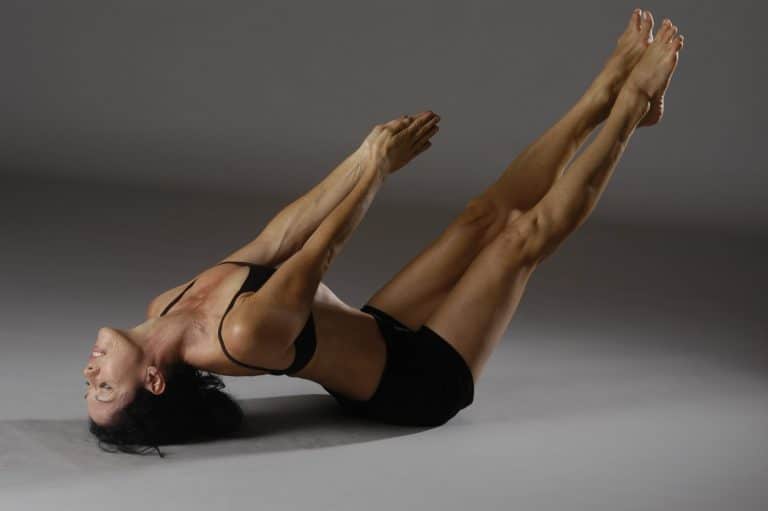Most of us are familiar with the importance of our thoracic diaphragm muscle and our pelvic diaphragm or pelvic floor muscles. Both of these are recognised for their importance both as respiratory muscles and their crucial role in core stability. Our cervical diaphragm, however, gets less attention but is also an important mechanism in both of these roles. Just like the diaphragms below it the cervical diaphragm centers our mental focus, enhances our ability to absorb prana, increases body awareness and provides important core stability, both locally and globally.
Vocal cords open during breathing

Vocal cords closed when speaking
At the peak of the curve in our neck, at the level of the third cervical vertebra (C3), protected by our hyoid bone and reinforced by the thyroid cartilage, deep within our larynx (voice box) lies the muscular valve that is our cervical diaphragm. These small muscles are usually relaxed when we breathe allowing a free, full passage of air to pass through our airways. Their opening and closing regulates the amount of air that flows between our nose and our lungs. The passage between this muscular valve is called the glottis. When we practice ujjayi breathing we partially engage the cervical diaphragm to narrow the glottis creating the characteristic aspirate sound of the oceanic breath. The ujjayi sound is created because these same muscles move our vocal cords. They also enable us to whisper, talk, chant and sing! And when we practice breathe retention (kumbakhas) we fully contract the cervical diaphragm to seal the throat and retain the breath.
Just as with our pelvic and thoracic diaphragms, functionally when we contract the cervical diaphragm to alter airflow we increase intra-abdominal pressure. The ability to produce intra-abdominal pressure is equivalent to our ability to stabilise our spine. This is what core strength is! When we need additional core strength to protect our spine, our body performs an automatic reflex response, know as the Valsalva’s manoeuvre. We take in a breath, close off both our throat and pelvic floor and tighten our abdominal muscles. In this way we transform our entire trunk into an ‘inflated splint’, which stabilises and protects the spine. Some anatomists claim that this action decreases the compressive forces on any one spinal vertebra by up to 50%.
When we partially close the glottis with ujjayi pranayama we also amplify intra-abdominal pressure. This action of the cervical diaphragm enhances spinal stability, especially locally at the cervical spine. Additionally, by condensing the breath it enhances our absorption of prana. Engaging the cervical diaphragm, as with any core activation, draws our attention inward towards our centre. This central focus is a pratyahara technique and accordingly centres and stills our mind. These discoveries constantly remind me of the innate intelligent of the Ashtanga Vinyasa Yoga system with its integration of techniques that reflect a profound wisdom that us students of Western Science are only beginning to understand! Hari Om!


A very succinct and accurate view of the nature of yogic breathing (my favorite subject). Always illuminating to see Monica’s perspectives on such subtle subjects. Perhaps I am biased 😉
This is such a beautiful, clear description
Thanks Moni!
You’re so welcome Lucy… x
Other name of cervical diaphragm
Neck or throat??